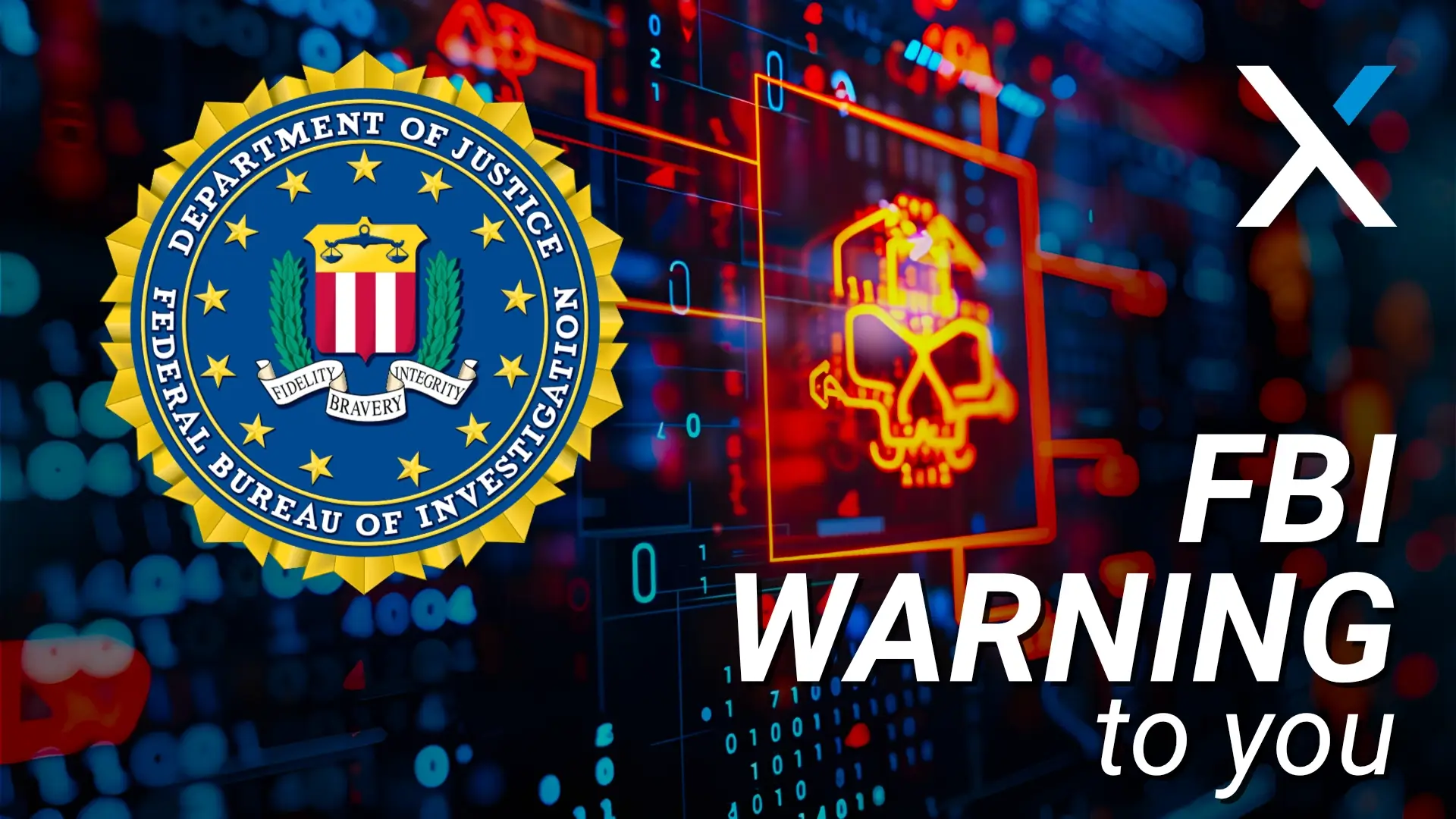What would happen if every system your business relies on suddenly froze? All email, client records, payroll files, internal apps, everything. Not a glitch. A full stop. No access. No control. No clarity.
That’s the new reality ransomware crews are creating. And they’re not just going after big corporations anymore.
Smaller organizations are the new target. The ones who’ve always juggled a lot with just enough IT to get by.
The FBI, CISA, HHS, and MS-ISAC recently issued a joint alert about a rising threat called Interlock ransomware. It’s different. It’s smarter. And it’s built to catch businesses off guard.
Let’s unpack what you need to know, and how to protect what you’ve built.
Why Interlock Hits Harder Than Most
1. Data Theft First, Ransom Later
Interlock steals your data before it locks your systems. That’s called double extortion. The twist? You might not even get a ransom demand right away. Victims often have to initiate contact with the attackers. That delay gives attackers more control, and you less time to react.
2. Cross-System Chaos
Whether you run Windows, Linux, or virtual machines, Interlock doesn’t care. It has been seen encrypting across all platforms. That means even businesses using cloud or hybrid setups aren’t automatically safe.
3. Sneaky Ways In
It’s not just phishing emails anymore. Interlock has been delivered through fake browser updates, compromised legitimate websites, and clever social engineering tactics that trick staff into running malicious files. They’ve even used trusted tools like Azure Storage Explorer and AnyDesk for data theft and remote access.
Bottom line: attackers are blending in with your day-to-day operations until it’s too late.
Why Your Business Is at Risk
Hackers have figured out what insurance companies already know. Most smaller companies store sensitive client data, but lack strong defenses. It’s easier to squeeze money from ten $1M companies than one $10B giant.
When ransomware strikes, it’s not just an IT issue. It’s a business outage.
You face:
- Disruption of client services
- Potential exposure of sensitive or regulated data
- Damage to your reputation and relationships
- Recovery costs, legal exposure, and insurance headaches
Waiting it out is no longer an option.
Here’s How to Take Action. Right Now.
The federal advisory gives technical steps. Here’s what they look like in plain language for busy business owners:
1. Block the Bad Stuff at the Gate
Use DNS filtering and web protection to stop your systems from ever connecting to dangerous sites. Make sure staff know how to spot fake software updates or browser alerts.
2. Patch Your Systems Promptly
That update you’ve been putting off? It might be the only thing standing between you and a breach. Keep operating systems, firmware, and apps current. This includes backup tools.
3. Keep Your Network Segmented
If one device gets compromised, it shouldn’t be able to spread freely. Create barriers between departments or locations. Don’t let one weak link take down everything.
4. Require Multi-Factor Authentication (MFA)
Use MFA on anything critical: remote desktops, admin logins, cloud dashboards. Passwords alone aren’t enough.
5. Watch for Odd Behavior
Invest in Endpoint Detection and Response (EDR) tools that alert you to suspicious activity like large data transfers or strange commands. Review DNS and network logs for unusual spikes or connections.
6. Back Up. But Not Just Anywhere.
Keep at least one backup offline or disconnected from your network. And test those backups. It doesn’t count if you’ve never tried restoring them.
7. Have a Plan. And Practice It.
Know who to call and what to do the moment ransomware hits. Create a playbook for isolating systems, alerting vendors, and notifying clients. Run a drill before you need it.
Don’t React. Build Resilience.
This isn’t just about Interlock. It’s a warning shot. The next threat might be smarter, faster, or hit in a way we haven’t seen yet.
But the tools that protect you from Interlock; zero trust, MFA, behavioral monitoring, solid backups, are the same ones that build long-term peace of mind.
You’ve worked too hard to leave your business exposed. Don’t let a nameless hacker halfway across the world hold your systems hostage.
If you’re ready for an honest audit of where you stand, or want help building those safety nets before you need them, just say the word.
Let’s get ahead of this. Together.
